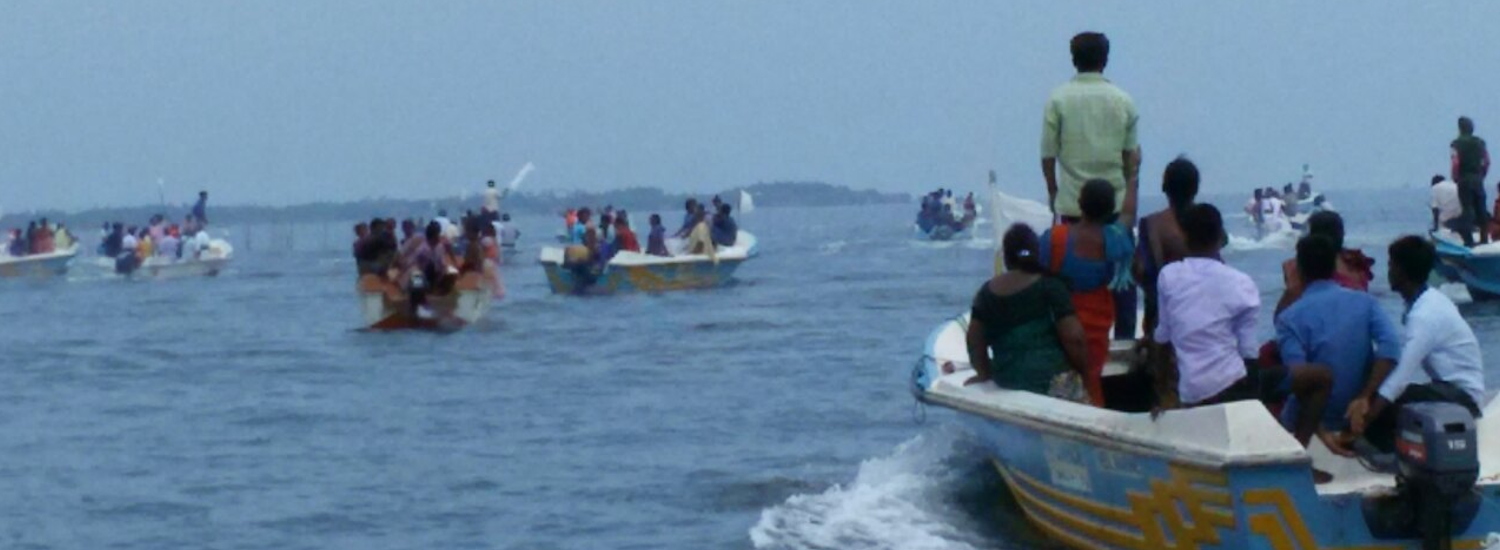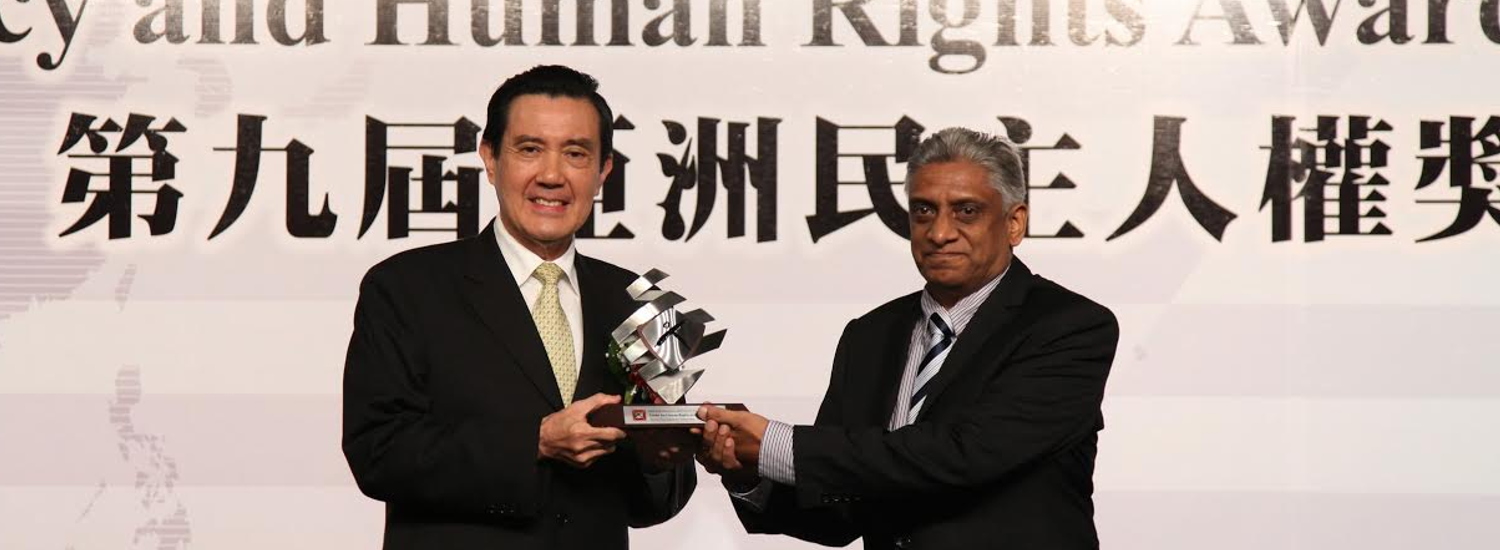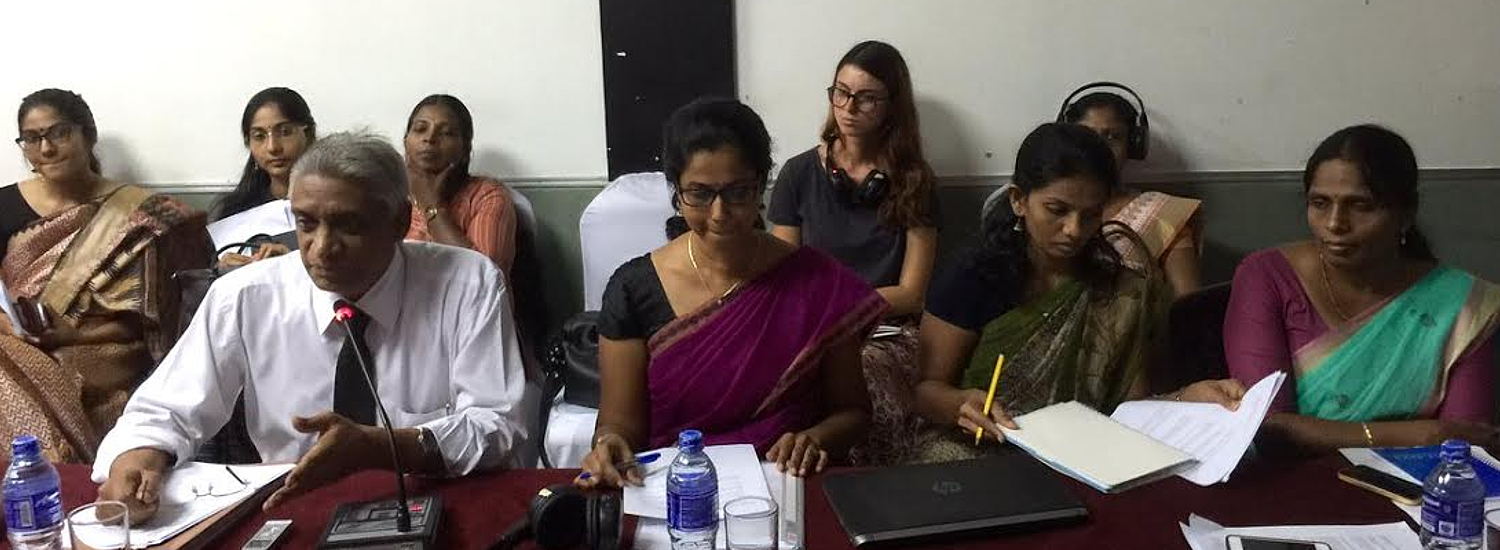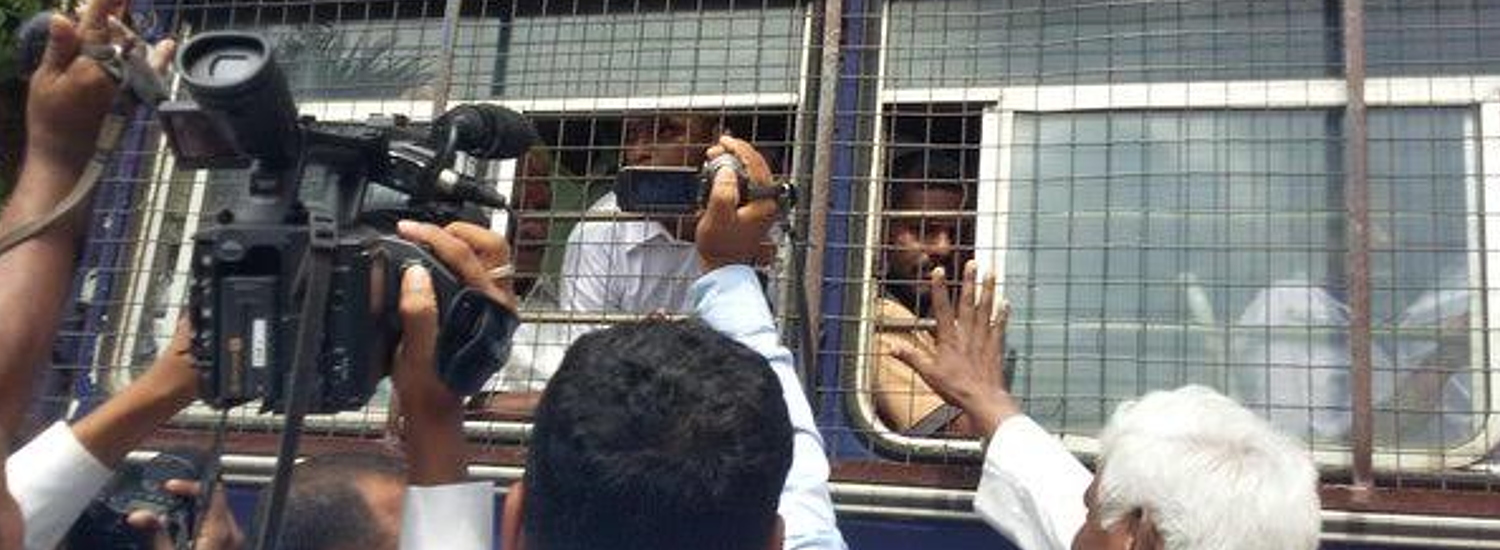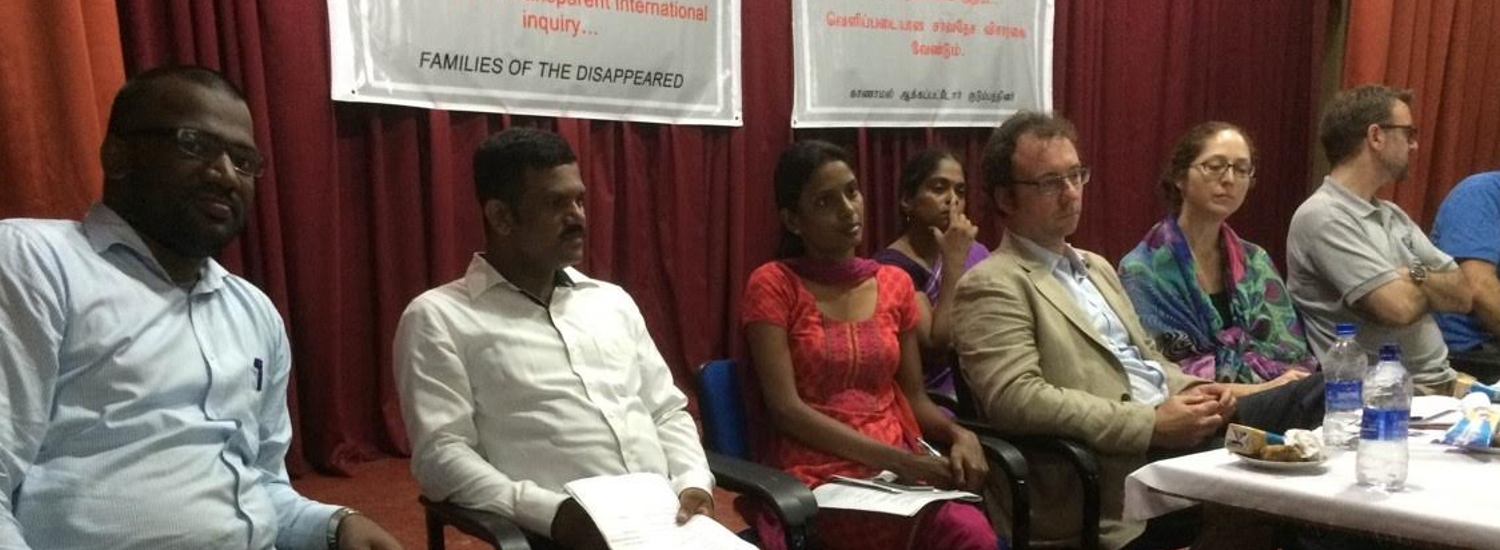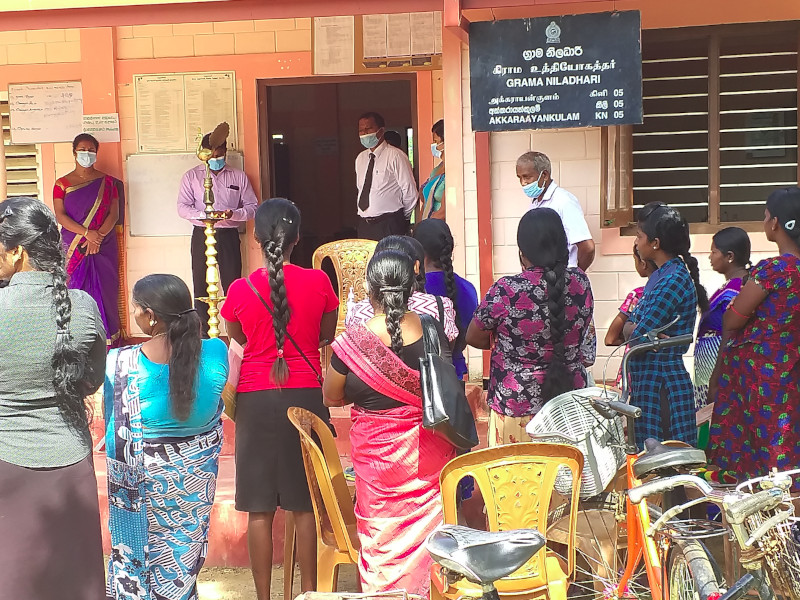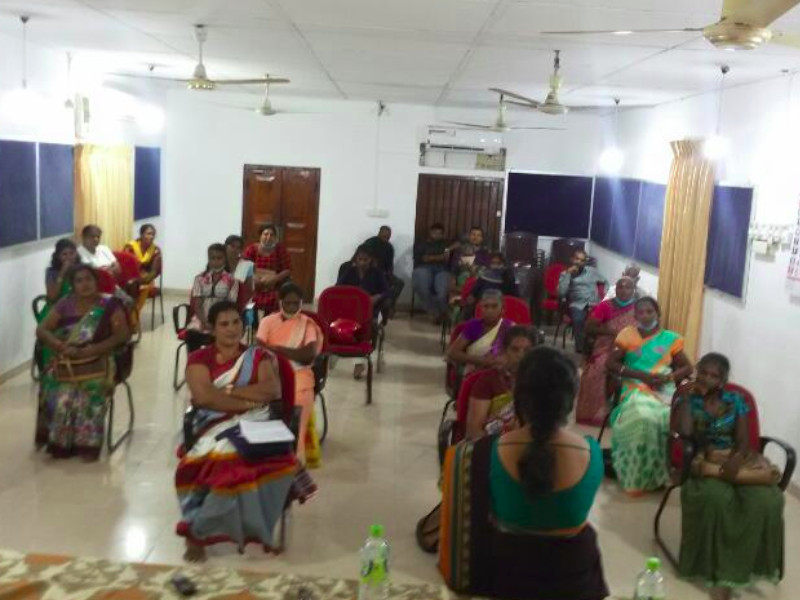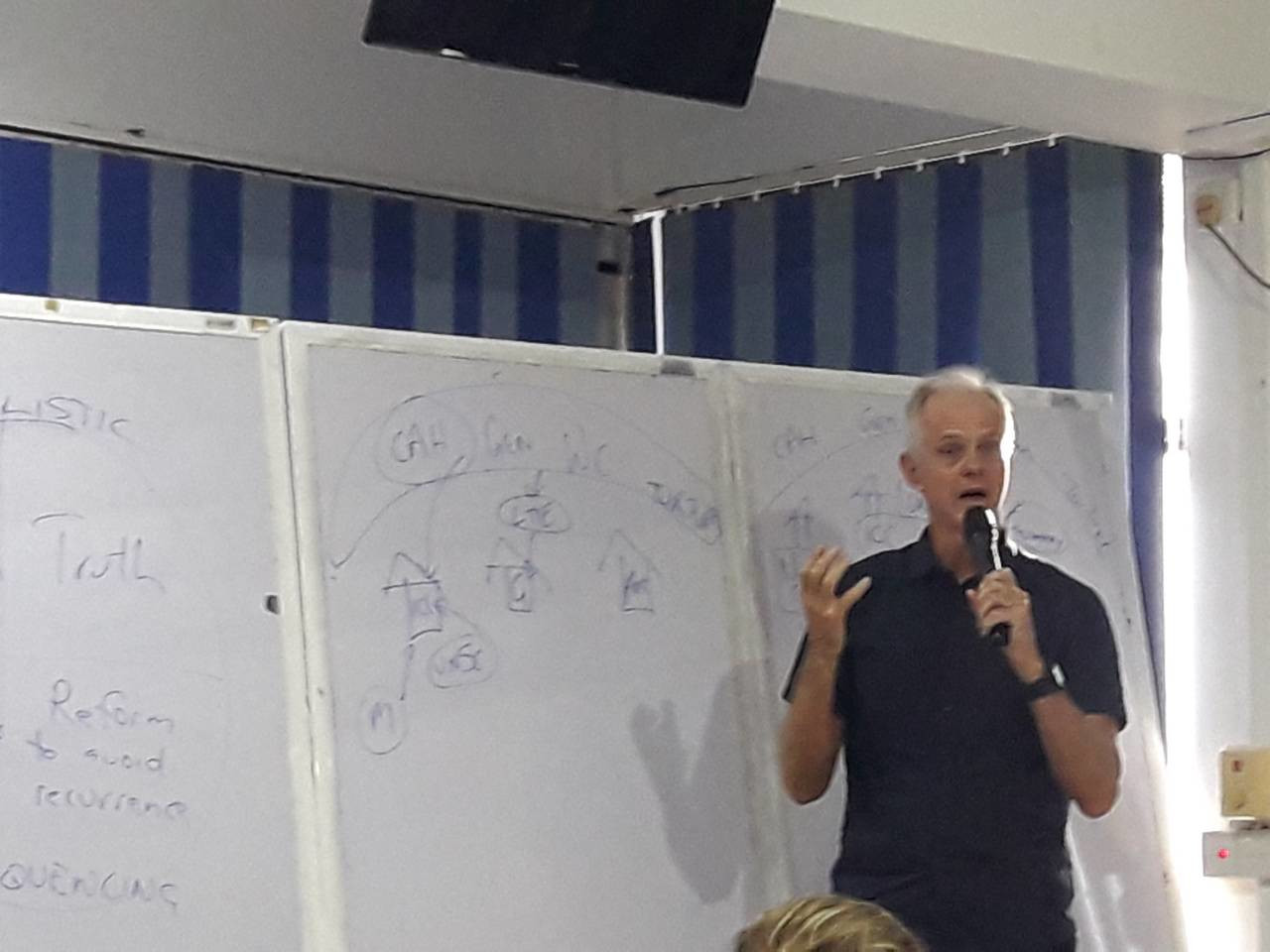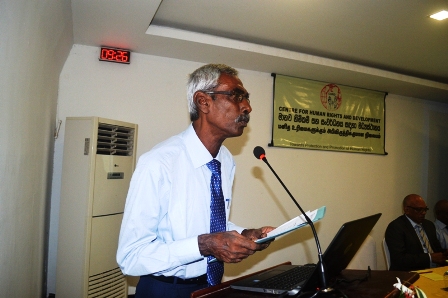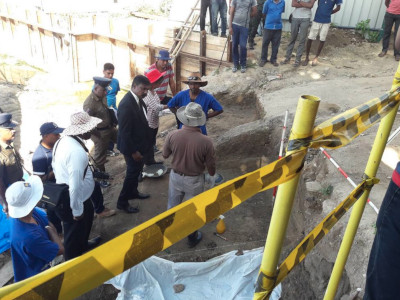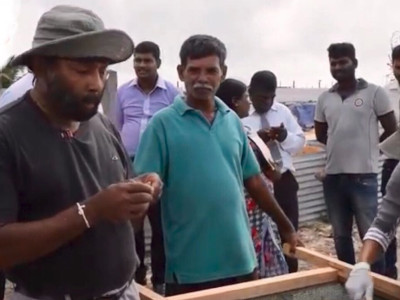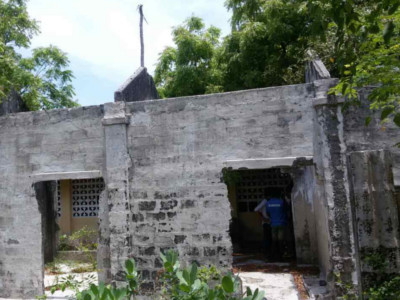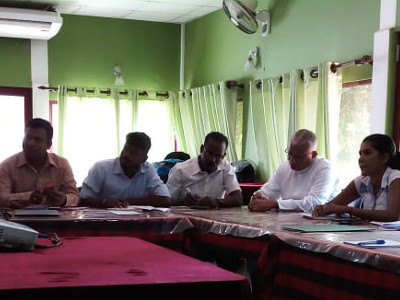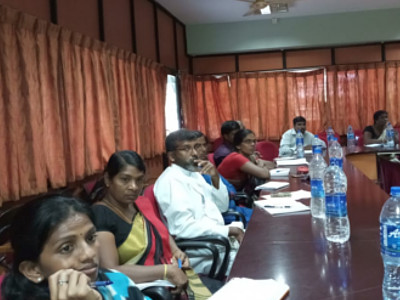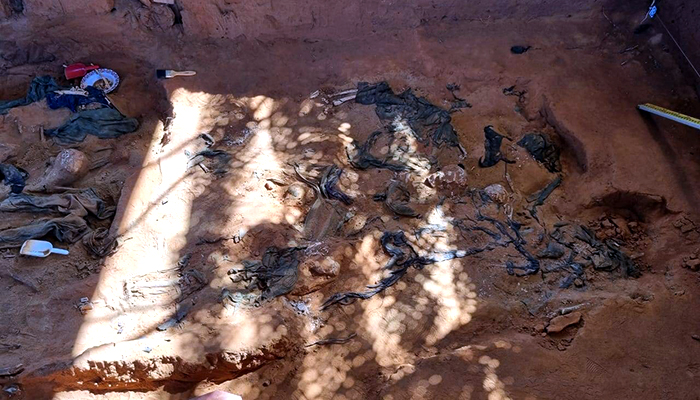Featured News
2024-02-07
Military is responsible for disappeared victims during the war - Vavuniya High Court Judge Ilancheliyan
The Vavuniya High Court has ruled that the Sri Lanka Army along with several other former officers should be held accountable for Kandasamy Eelarangan’s disappearance during the war in Sri Lanka. The verdict was delivered by the Vavuniya High Court Judge M. Ilancheliyan on February 7, 2024 during the hearing of the habeas corpus petition concerning the disappearance of the victim, Kandasamy Eelarangan 18 years ago. The Vavuniya High Court Judge has additionally directed the Attorney General to initiate legal proceedings regarding the disappearance of the youth. Furthermore, the judge has instructed the Sri Lanka Army to ensure that steps are taken to produce Kandasamy Eelarangan in court on or before June 3. He has also said in his decision that if these directives are not implemented, the three military officers identified as responsible must compensate the young man’s mother with Rs. 1 million before 3 December 2024. Senior Counsel KS Ratnavel, representing the victims, had however informed the court that the Tamil youth had arrived at the Omanthai check post as he is mentioned in the registration documentation there. The lawyer further stated before the court that the young man was last seen at the Omanthai checkpoint, and thereafter had disappeared. The Army spokesperson stated that the matter has referred to the Legal Unit of the Army and appropriate action will be taken.
About Us
Center for Human Rights and Development (CHRD) is a leading Sri Lankan human rights organization established in 1997 by human rights lawyers and activists. We work to protect and promote human rights development and in defending human rights in Sri Lanka, provide a source of legal support and strategic guidance for minorities.
Read More
Contact Us
Address
No: 33
Sagara Road
Bambalapitiya
Sri Lanka
Contact
Telephone: (+94) 11 250 6001
Fax: (+94) 11 250 6002

